- somewhat stained and with light crease marks
- The characteristic of the inconspicuous -
Like his close friend and mentor Adolph von Menzel, Paul Meyerheim, who was a generation younger, was a precise and equally humorous observer of everyday life. Both often captured seemingly insignificant things that, when artistically rendered, revealed their characteristics for society and the general human condition. Menzel pursued the realism initiated by Daniel Nikolaus Chodowiecki in Berlin of preserving and emphasizing the characteristic in the details of everyday life in a straightforwardly exaggerated manner, which was also practiced by Meyerheim.
The present print is a prime example of the observation of such banalities. We see a lady screwing a decorative knob onto the top of a parasol. Although the lady's body is realistically sculpted and placed in the sunlight through the skillful use of light and shadow, the head and lower body are not included. The result is a concentration on the action shown, which also gains an independence through the omission of the only implied head. The action is not characteristic of a particular person, but will be performed in this or a similar way by any lady with such a problem. The method of representation alone transforms the characteristic particular into something general.
When we see the action taking place in front of the lady's torso, Meyerheim has only depicted the action as such in front of this scenery. By zooming in, the performing hands seem to float before the viewer's eyes. They seem to be performing a kind of magic, in which the fingers of one hand elegantly handle the ball of the pommel. In this casual, entirely purposeful action, the elegance and skill of the ladies is shown, as well as the human need to protect oneself from the sun with a shady umbrella.
About the artist
Paul Meyerheim was born into a family of artists. His father, Friedrich Eduard Meyerheim, was a painter, as were his uncles Hermann and Wilhelm, while his mother, Caroline Friederike, was the brother of the sculptor Friedrich Drake.
After receiving his first art lessons from his father, Paul Meyerheim studied at the Berlin Academy of Arts from 1857 to 1860, where he was strongly influenced by the animal painter Teutwart Schmitson. At the age of 18, Meyerheim began exhibiting at the Great Berlin Art Exhibition in 1860, which brought him recognition as an artist. His international breakthrough came when he won the gold medal at the Paris Salon in 1866 for his work Menagerie.
After study trips to Switzerland, Belgium and Holland, Meyerherim spent a year in Paris in 1865/66, where he studied the new realistic art of Gustave Courbet and the landscape painting of the Barbizon School, which was created from nature. He then devoted himself primarily to landscape painting and made several trips to the Alps, accompanied by his close friend Adolph Menzel.
He also shared with Menzel a predilection for the depiction of animals. Their joint studies at the Berlin Zoo resulted in numerous animal paintings, as well as Meyerheim's murals for the antelope house. Because of his virtuoso mastery of animal painting, he was appointed professor at the Berlin Academy in 1883 and entrusted with the direction of the animal painting class.
By 1880, Meyerheim was in such demand as a portrait painter that he produced a life-size portrait of Kaiser Wilhelm I for the assembly hall of the German Reichstag. The success as artist led him to commission Alfred Messel, the builder of the Wertheim department store on Leipziger Platz, to build him his own house on Hildbrandstrasse, which he moved into in 1893 after an extended study trip to the Orient. Meyerheim's house became a social institution, with regular receptions and parties.
Meyerheim was also in demand as a book illustrator. He designed an ABC for children, published in 1880, and illustrated the Grimm fairy tales in 1884. He was predestined for the pictorial design of the first volumes of Brehm's Tierleben.
Also worthy of mention is the cycle Lebensgeschichte der Lokomotive (Life History of the Locomotive), seven paintings on copper, commissioned by Albert Borsig between 1873 and 1876, one of the earliest works of industrial painting.
Paul Meyerheim's most important students were August Gaul and Wilhelm Kuhnert, who carried the artistic depiction of animals into the modern age.



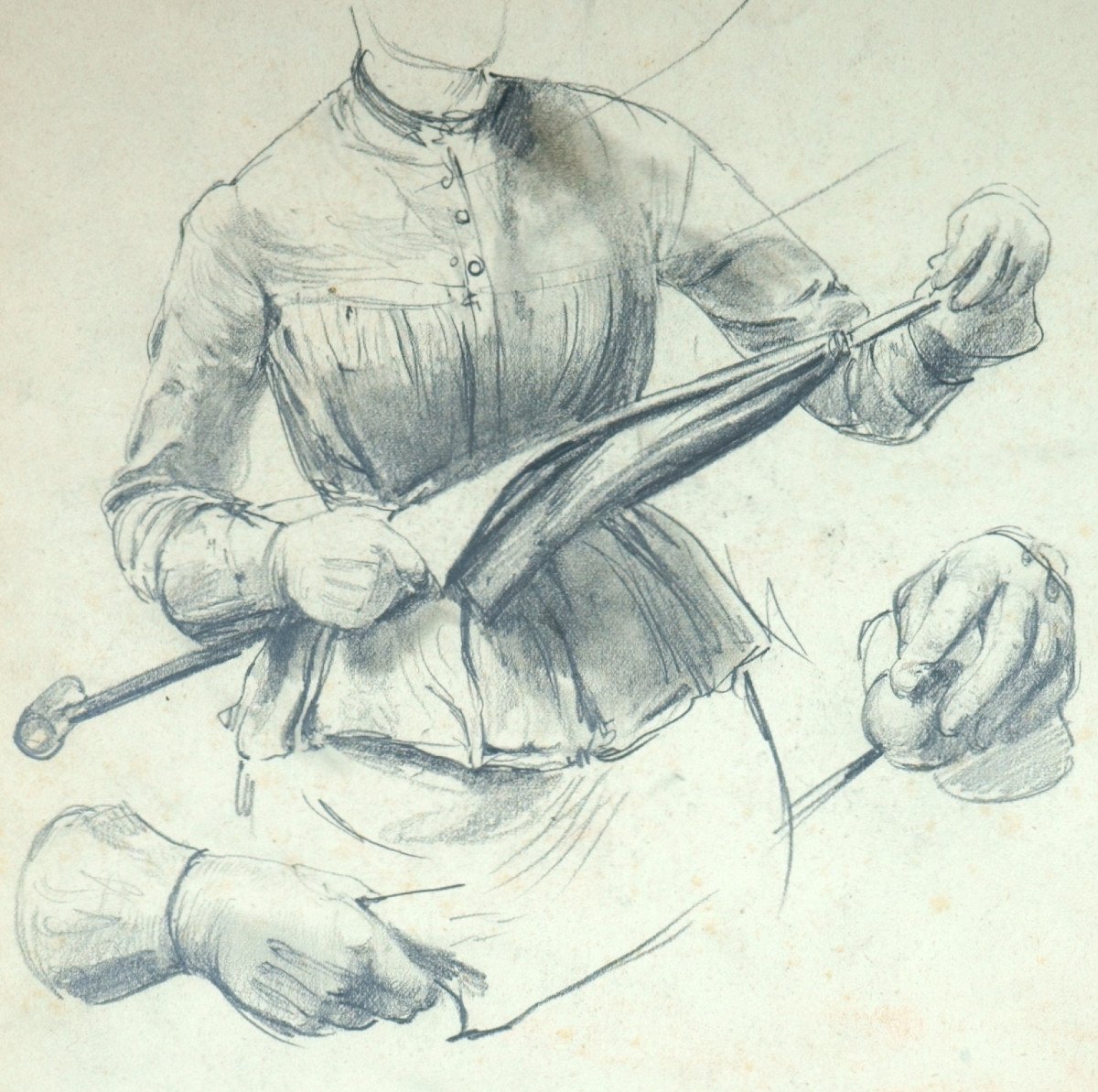
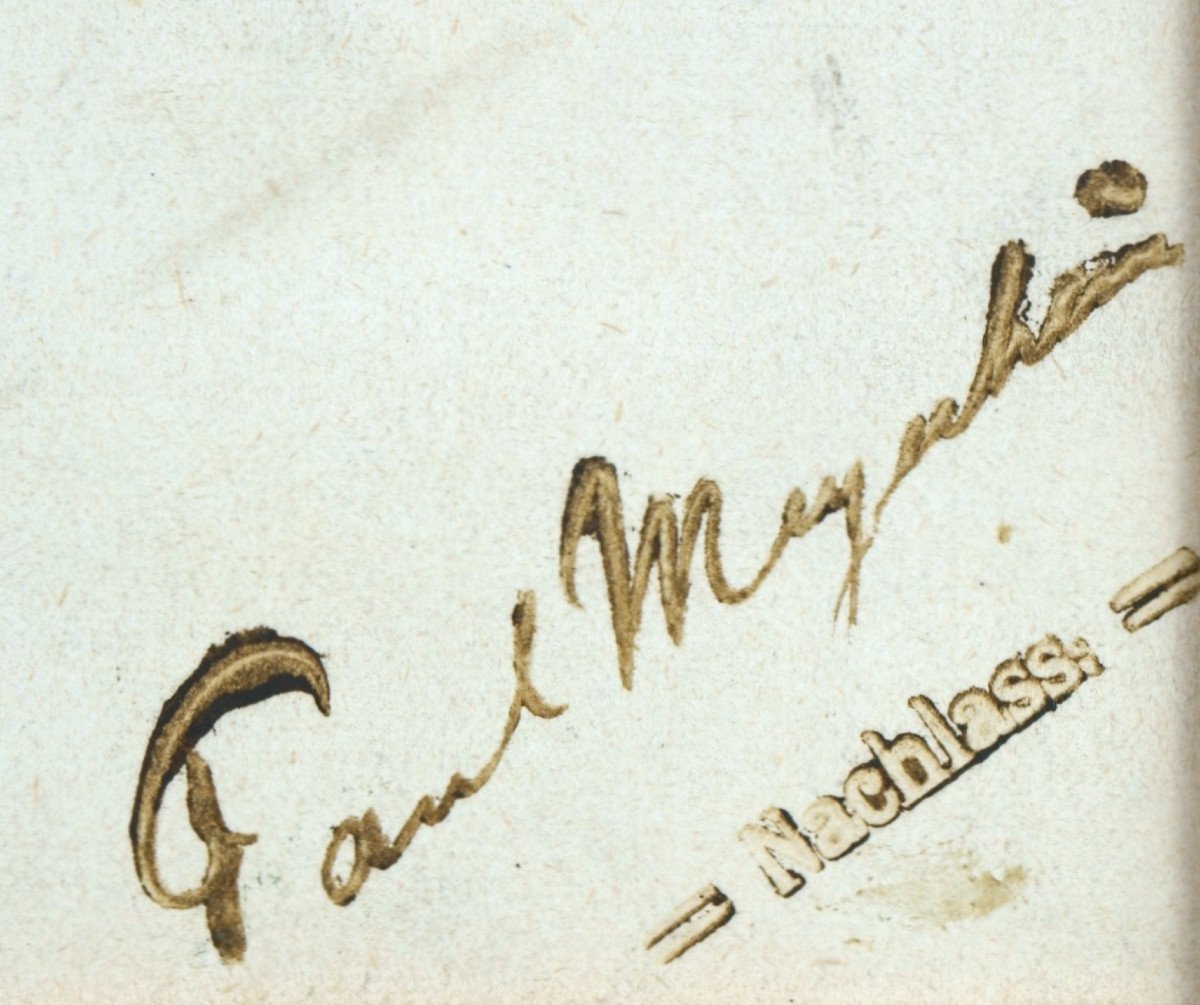
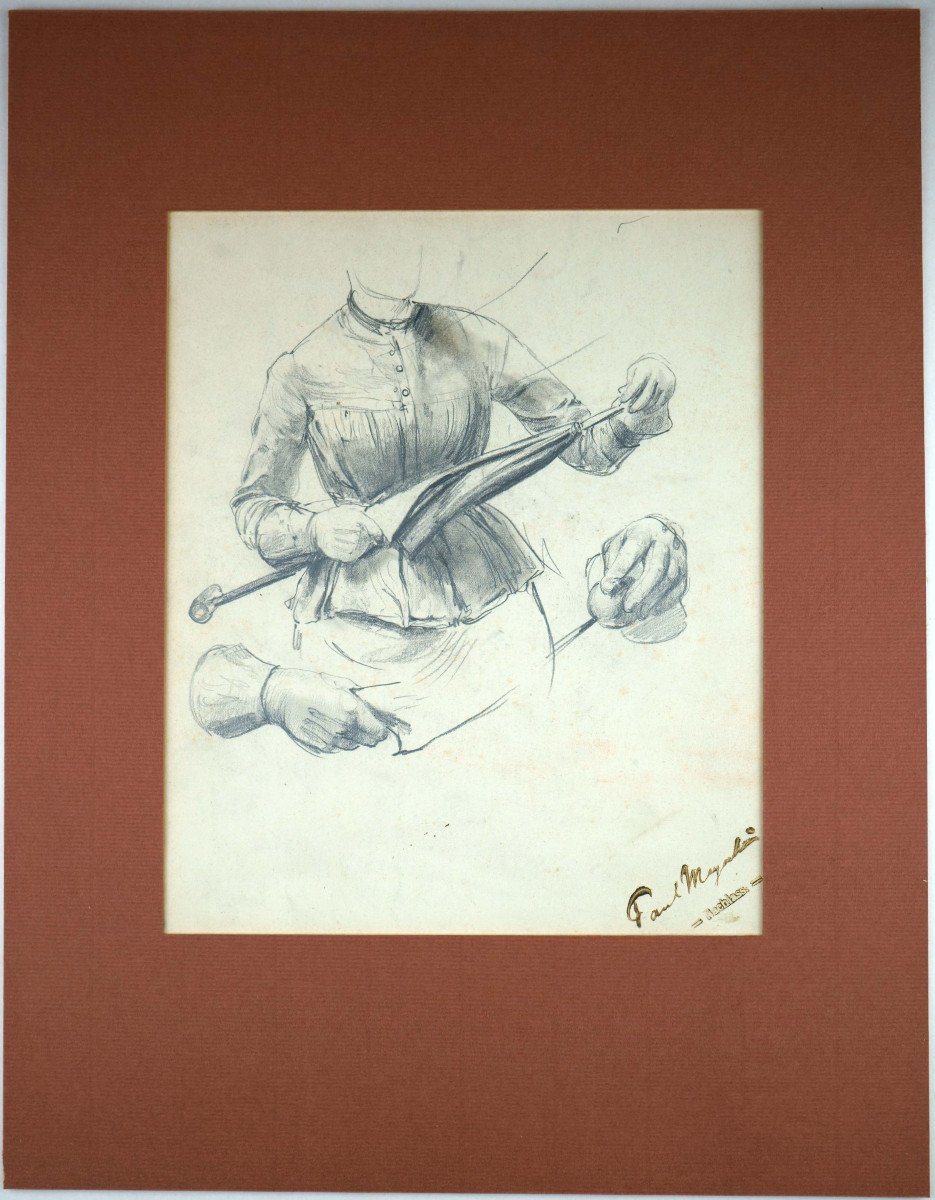





















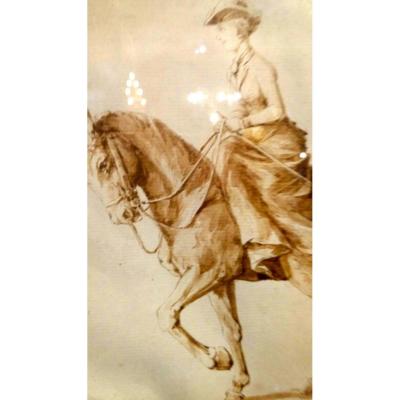
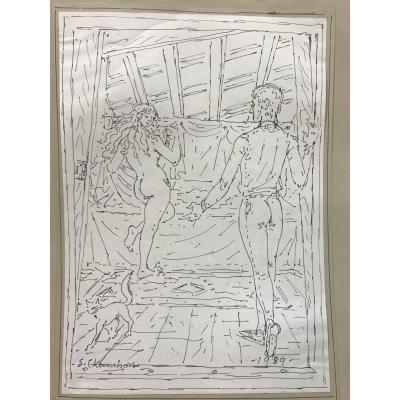




 Le Magazine de PROANTIC
Le Magazine de PROANTIC TRÉSORS Magazine
TRÉSORS Magazine Rivista Artiquariato
Rivista Artiquariato